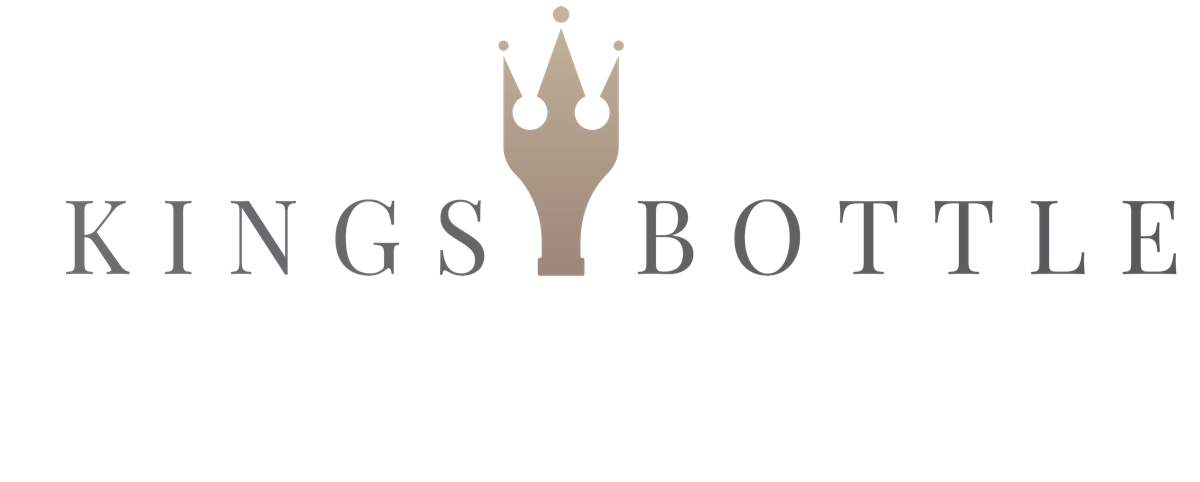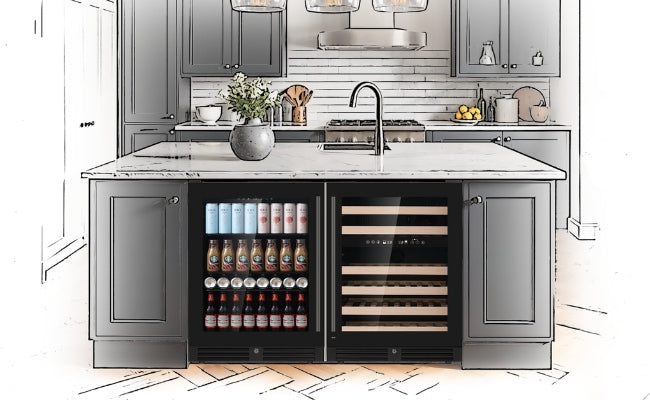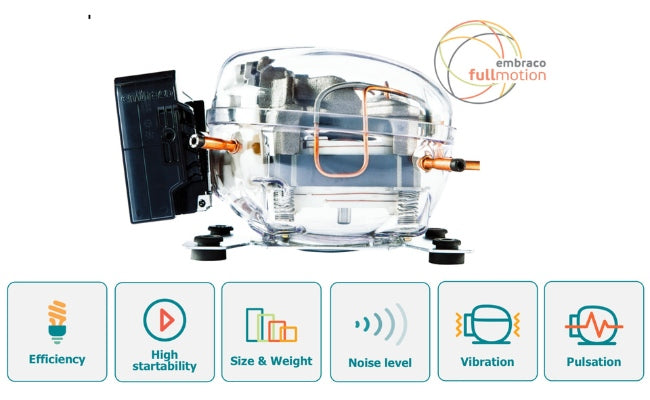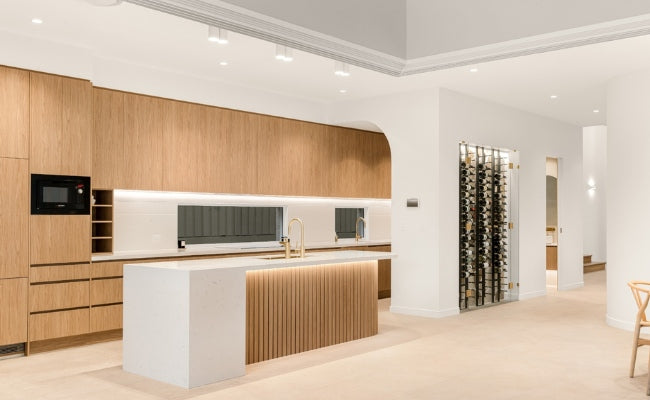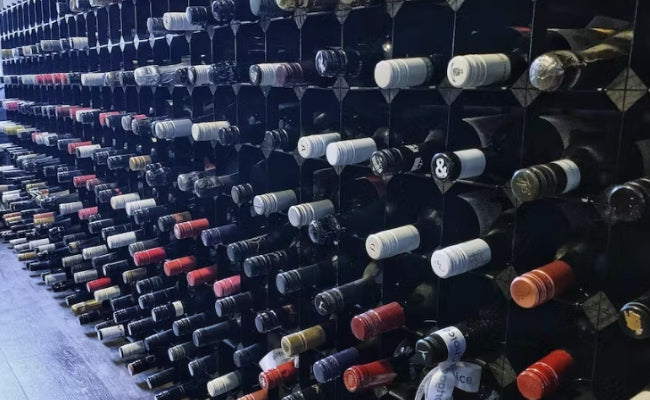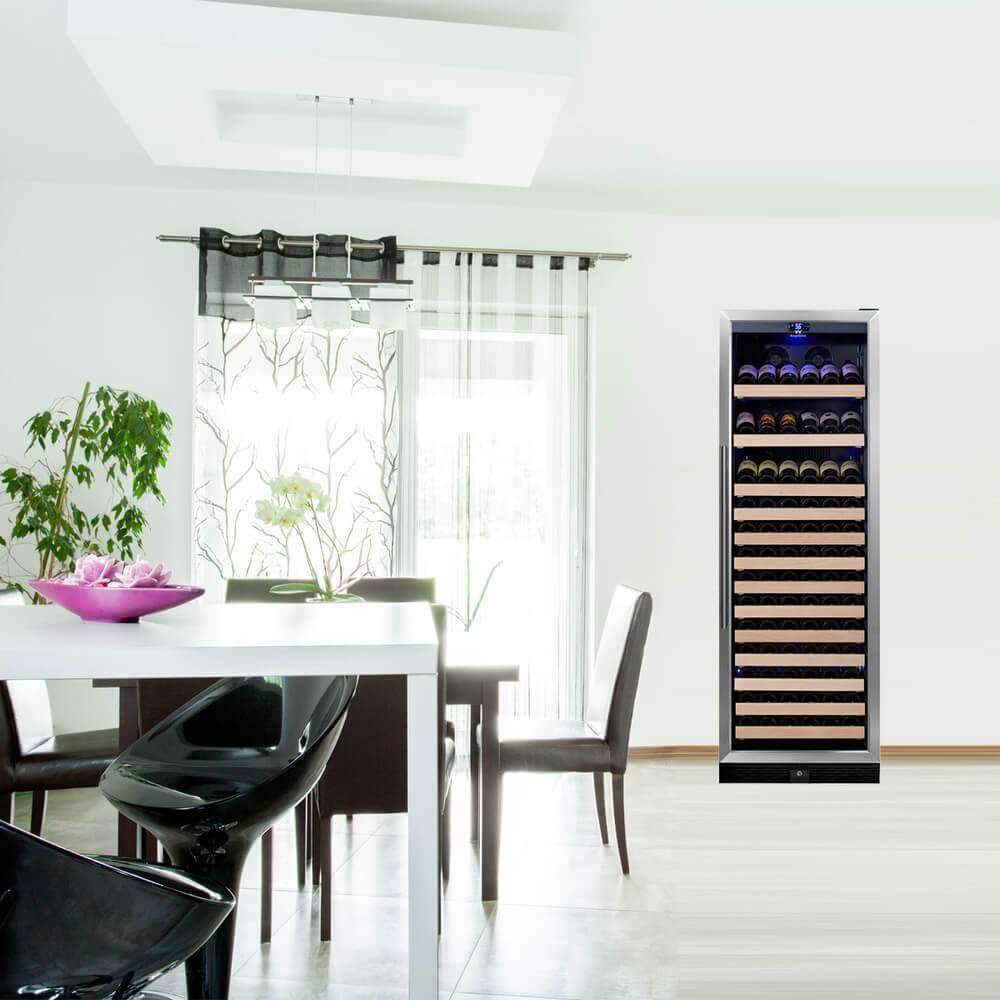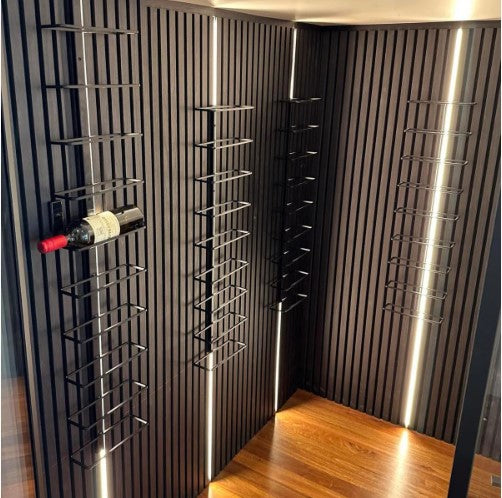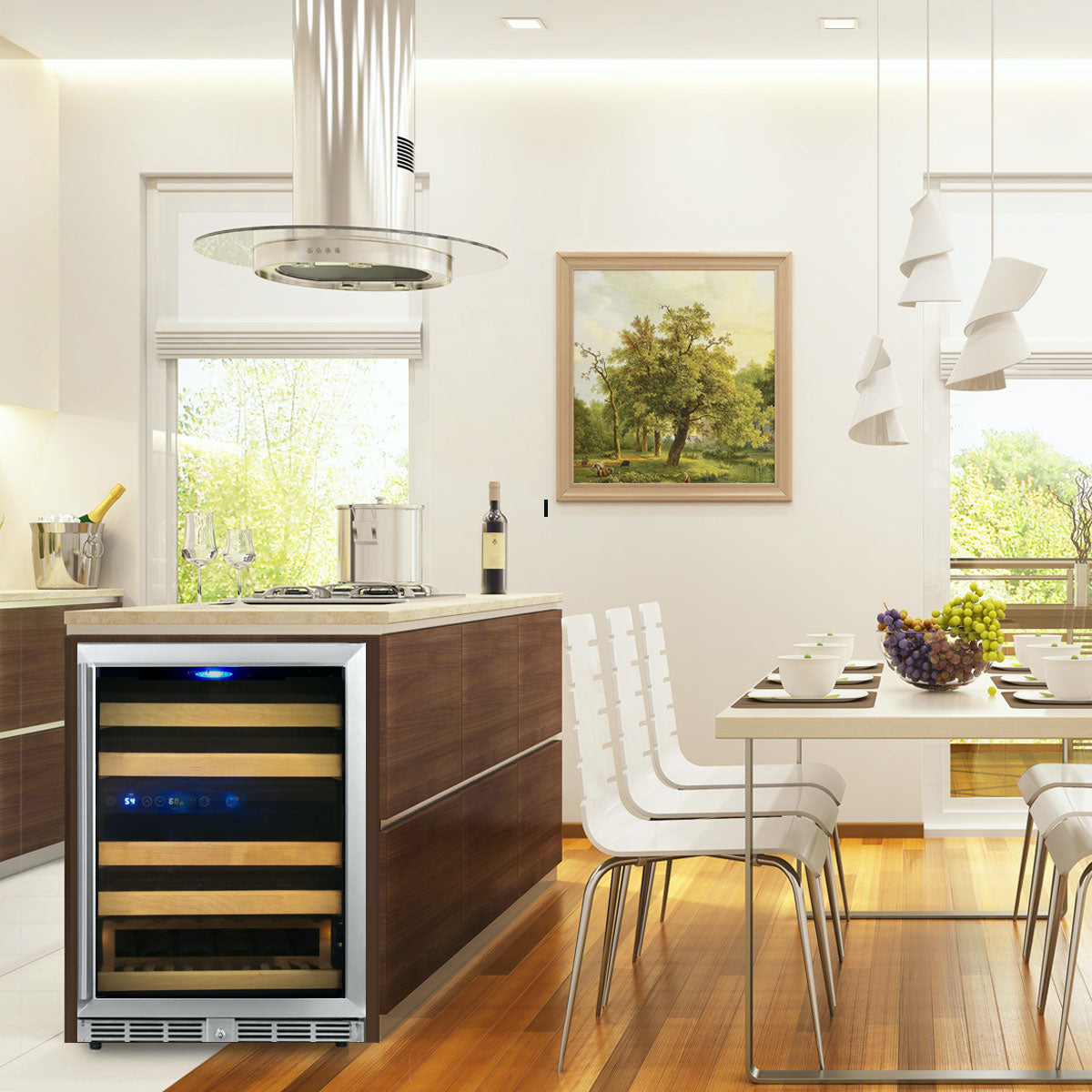
How to Set the Ideal Temperature on Your Wine Cooler
Wine is more than just a beverage; it is a delicate, living product that evolves over time. The right storage conditions are essential to preserving its flavor, aroma, and quality. Among these conditions, temperature is the most critical factor. A wine cooler offers a reliable and controlled environment for wine storage, but to truly protect your collection, you must set the temperature correctly. Whether you’re a wine enthusiast with a small collection or a connoisseur with hundreds of bottles, understanding how to optimize your wine cooler’s temperature is key.
This comprehensive guide provides all the insights you need to set and maintain the ideal temperature for your wine cooler. We’ll discuss the importance of proper storage temperatures, break down recommendations for different types of wine, and address common mistakes to avoid. By the end, you’ll have a complete understanding of how to ensure your wine remains in peak condition until it’s ready to be enjoyed.
Why Temperature Matters for Wine Storage
Temperature plays a pivotal role in wine storage because it directly affects the chemical reactions that occur within the bottle. Too high, and the wine can age prematurely, losing its complexity and balance. Too low, and the liquid can freeze or expand, damaging the cork and compromising the seal. Both extremes can result in spoilage and an unsatisfying drinking experience.
The optimal storage temperature allows wine to mature at a steady pace, preserving its unique characteristics. A wine cooler provides the precise control needed to maintain this temperature, shielding your bottles from the harmful effects of fluctuating room temperatures.
Understanding the Ideal Temperature for Different Wines
Not all wines are created equal, and neither are their storage requirements. Different types of wine require specific temperature ranges to preserve their flavor profiles. Here’s a detailed breakdown:
Red Wines
Red wines thrive in slightly warmer storage conditions than whites. The optimal range for most red wines is 12°C to 18°C. This range allows the tannins and fruit flavors to develop harmoniously over time without risking premature aging.
- Full-bodied reds like Cabernet Sauvignon, Merlot, and Syrah are best stored between 15°C to 18°C to preserve their robust flavors and complexity.
- Lighter reds like Pinot Noir or Gamay do well in the cooler range of 12°C to 15°C, as their delicate aromas are more sensitive to heat.
White Wines
White wines require cooler temperatures to retain their crisp acidity and freshness. The ideal range is 7°C to 10°C.
- Light-bodied whites such as Sauvignon Blanc and Pinot Grigio are best stored at the colder end of the spectrum, around 7°C to 9°C.
- Full-bodied whites like Chardonnay benefit from slightly warmer storage at 10°C to 12°C to maintain their richness and depth.
Rosé Wines
Rosé wines are versatile, sitting between reds and whites in terms of storage needs. They should be stored at 7°C to 13°C to preserve their delicate aromas and fruit-forward flavors.
Sparkling Wines
Sparkling wines, including Champagne and Prosecco, require the coldest temperatures. These wines are best stored between 4°C to 10°C to maintain their effervescence and crispness.
Dessert and Fortified Wines
Sweet wines like Sauternes and fortified wines like Port or Sherry benefit from slightly warmer storage. Keep these wines at 10°C to 14°C to maintain their sweetness and balance.
Single-Zone vs. Dual-Zone Wine Coolers: Tailoring Your Storage
The type of wine cooler you own significantly impacts how you set and manage temperatures. Wine coolers generally fall into two categories: single-zone and dual-zone.
Single-Zone Wine Coolers
Single-zone coolers maintain a consistent temperature throughout the unit. These are ideal for storing one type of wine or for mixed collections when a compromise temperature is acceptable. For versatility, set a single-zone cooler to 13°C, which accommodates most wines for short-term storage.
Dual-Zone Wine Coolers
Dual-zone coolers offer two compartments with independent temperature controls, allowing you to store different types of wine at their ideal temperatures. For example:
- The upper zone can be set to 5°C to 12°C.
- The lower zone can be adjusted to 12°C to 20°C.
If you have a diverse collection, a dual-zone cooler is the best choice for long-term preservation and versatility.
How to Set the Temperature on Your Wine Cooler
Properly setting the temperature on your wine cooler ensures your collection is stored under optimal conditions. Follow these steps to get it right:
-
Read the User Manual
Each wine cooler is unique, with its own controls and features. Familiarize yourself with the user manual to understand how to adjust the temperature settings and operate the cooler effectively. -
Identify Your Storage Needs
Determine the types of wine you plan to store and their respective temperature requirements. For mixed collections, choose a single-zone setting that balances between reds and whites, or use a dual-zone cooler for precise control. -
Set the Desired Temperature
Use the cooler’s control panel to set the temperature. Most modern coolers have digital displays, allowing you to adjust the temperature to the exact degree. -
Allow the Cooler to Stabilize
After setting the temperature, give the cooler several hours to reach and stabilize at the desired setting. Avoid adding wine bottles until the cooler has achieved a steady temperature.
Common Mistakes to Avoid
Even with the best intentions, improper use of a wine cooler can compromise your collection. Avoid these common pitfalls:
-
Storing All Wines at the Same Temperature
While 13°C is often cited as a universal temperature, it’s not ideal for long-term storage of all wines. Tailor the temperature to the specific needs of your collection. -
Frequent Door Openings
Opening the cooler door frequently causes temperature fluctuations, which can negatively impact wine. Keep the door closed as much as possible. -
Overcrowding the Cooler
Packing bottles too tightly reduces airflow and prevents consistent cooling. Leave space between bottles to ensure even temperature distribution. -
Placing the Cooler in Unstable Environments
Avoid placing your wine cooler in areas with extreme temperature fluctuations, such as garages or near heat sources. Stable conditions are critical for proper wine storage.
Tips for Maintaining Your Wine Cooler
A well-maintained wine cooler not only preserves your wine but also extends the appliance's lifespan. Follow these maintenance tips for optimal performance:
-
Clean Regularly
Dust and debris can clog vents and reduce cooling efficiency. Clean the exterior and interior of your wine cooler regularly to keep it in top shape. -
Ensure Proper Ventilation
Freestanding wine coolers require clearance around the unit for ventilation. Built-in coolers need unobstructed front vents. Check that airflow is not restricted. -
Inspect the Seal
A damaged door seal can allow warm air to enter the cooler, disrupting the internal temperature. Replace worn seals promptly to maintain a stable environment.
Why Consistency Is Crucial
Temperature consistency is just as important as setting the right temperature. Fluctuations can cause the wine to expand and contract, which may lead to leaks, oxidation, or spoilage. A high-quality wine cooler minimizes these risks by maintaining a steady environment, ensuring that your wine develops as intended.
Conclusion
Setting the correct temperature on your wine cooler is an essential step in preserving the quality and character of your wine collection. By understanding the ideal temperature ranges for different types of wine, choosing the right cooler for your needs, and following best practices for temperature management, you can ensure that every bottle is stored in optimal conditions. Whether you’re storing a prized vintage or your favorite everyday wines, a well-maintained wine cooler is your best ally in creating the perfect storage environment.
Invest the time to set your wine cooler correctly, and your collection will reward you with perfectly preserved flavors, aromas, and textures for years to come. Cheers to mastering wine storage!
